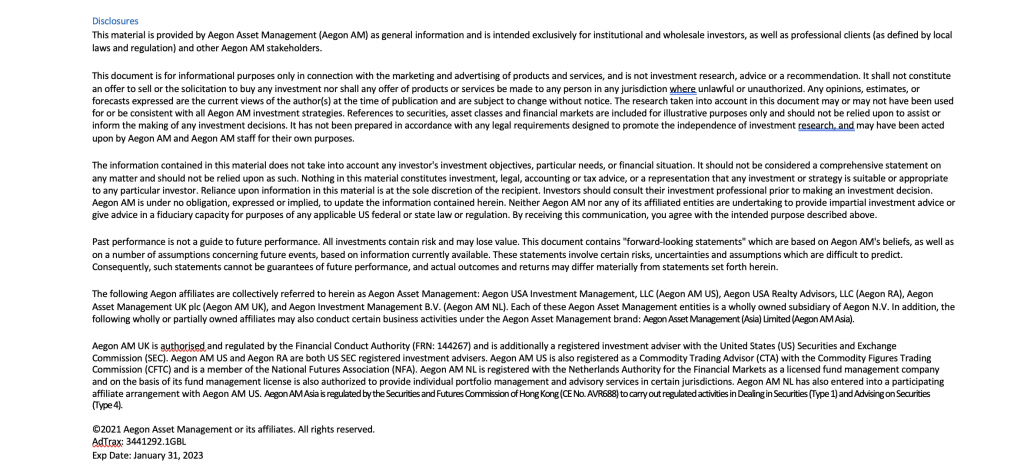Originally published February 2021.
For investors, the recent decline in retail property performance might suggest opportunity for acquiring property at distressed pricing. The challenge for such investors is to identify discounts associated with the covid-induced recession versus discounts associated with the structural distress in the retail sector. Investors might similarly expect distressed opportunity to emerge in the office sector, but not quite yet reflecting the typical lag in response of office to stressors.
The last recession ignited by the great financial crisis (GFC) of 2007-08 appears to be promoting hunger for opportunities to invest in distressed properties. After all, isn’t the 2020 nosedive in GDP in both the US and the UK similar to the severity of the GFC recession? Shouldn’t that create a similar flood of distressed opportunities for hungry property investors?
Not all recessions are the same. The impact of shrinking GDP on commercial real estate depends on the vulnerabilities embedded in the property sector at the onset of recession and on the specific characteristics of the recession. The effect of the 2020 recession on commercial real estate is very different from the impact of the GFC.
Structural forces versus cyclical forces
The most important difference, in our view, is the prominence of structural forces versus cyclical forces driving 2020 commercial real estate performance. Structural forces are most vivid with regard to the retail and industrial property sectors. For retail, evolution of sales toward ecommerce has been progressing steadily for at least 20 years. According to US Census Bureau, data for e-commerce begins in 1999 when 0.6% of retail sales were online. By year-end 2019, that percentage rose to 11.3%. As online shopping became more prevalent, use of retail space migrated toward products that were less vulnerable to online incursion and away from products that were more vulnerable. For example, books and music stores disappeared in favour of restaurants, entertainment and personal care.
The impact of shrinking GDP on commercial real estate depends on the vulnerabilities embedded in the property sector at the onset of recession and on the specific characteristics of the recession
Despite the efforts toward adaptation to e-commerce, excess supply of retail space was accumulating for years prior to the covid-19 recession. At the same time, demand for industrial space benefited as e-commerce required more and more warehouses to facilitate deliveries. When lockdowns were imposed in the first half of 2020, demand for industrial space soared while retail sector performance plummeted. The decline also reflects retail’s long-festering vulnerability.
In the US, retail property total return posted negatives through each of the four quarters of 2020, according to National Council of Real Estate Investment Fiduciaries (NCREIF). For the UK, retail total returns have been negative for nine straight quarters and began to deteriorate further during the onset of covid-19. Retail returns in 2020 totalled a -12.3% compared with a -6.7% in 2019, according to the MSCI UK Quarterly Property Index.
Office space
Investing in office property presents a different type of challenge. Remember that office leases are typically long. As a result, the performance of office property reacts slowly to both cyclical and structural forces. In recent years, the dominant force in the office sector has been the decline in space per employee along with the slow growth in office-using employment. The supply side of the office sector adapted to these forces by calibrating new construction to the modest dimensions of demand. The covid-19 lockdowns emptied offices, sending employees to work from home. According to NCREIF, investment performance of office properties has diminished modestly, with US office properties suffering only one quarter of negative total returns, in the second quarter of 2020, but with three quarters of negative appreciation. According to the MSCI UK Quarterly Property Index, office returns within the UK turned slightly negative in 2020 at -1.4% compared with 4.4% a year prior.
Looking ahead, covid-19 may leave office properties structurally challenged as working from home persists at least for part of the working week. Fewer employees on site on any given day might diminish the need for space but the shrinkage might be a least partly offset by the competing need to provide more space per employees. In addition, office properties located in dense central business districts might have the added disadvantage of dependence on public transportation. If covid-19 leaves employees with a distaste for crowded buses and subways, employers might rearrange their preferences toward suburban office. The attractiveness of discounted office property pricing can only be evaluated after making assumptions about these competing forces.
These examples for office and retail sectors advise seekers of distressed property to remember the adage ‘buyer beware’; some bargains are not a bargain at all.









